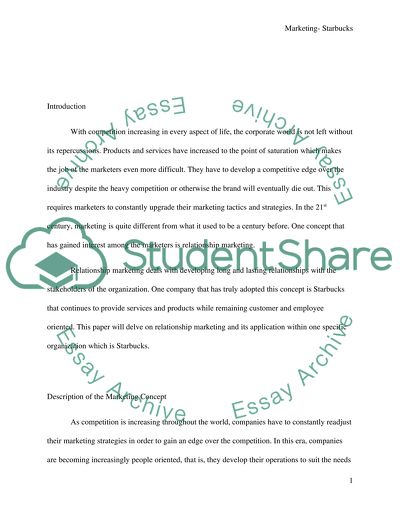Cite this document
(“Marketing Concept to the 21st century Business of Starbucks Essay - 1”, n.d.)
Retrieved from https://studentshare.org/marketing/1482362-explain-the-relevance-of-marketing-concept-to-the
Retrieved from https://studentshare.org/marketing/1482362-explain-the-relevance-of-marketing-concept-to-the
(Marketing Concept to the 21st Century Business of Starbucks Essay - 1)
https://studentshare.org/marketing/1482362-explain-the-relevance-of-marketing-concept-to-the.
https://studentshare.org/marketing/1482362-explain-the-relevance-of-marketing-concept-to-the.
“Marketing Concept to the 21st Century Business of Starbucks Essay - 1”, n.d. https://studentshare.org/marketing/1482362-explain-the-relevance-of-marketing-concept-to-the.


